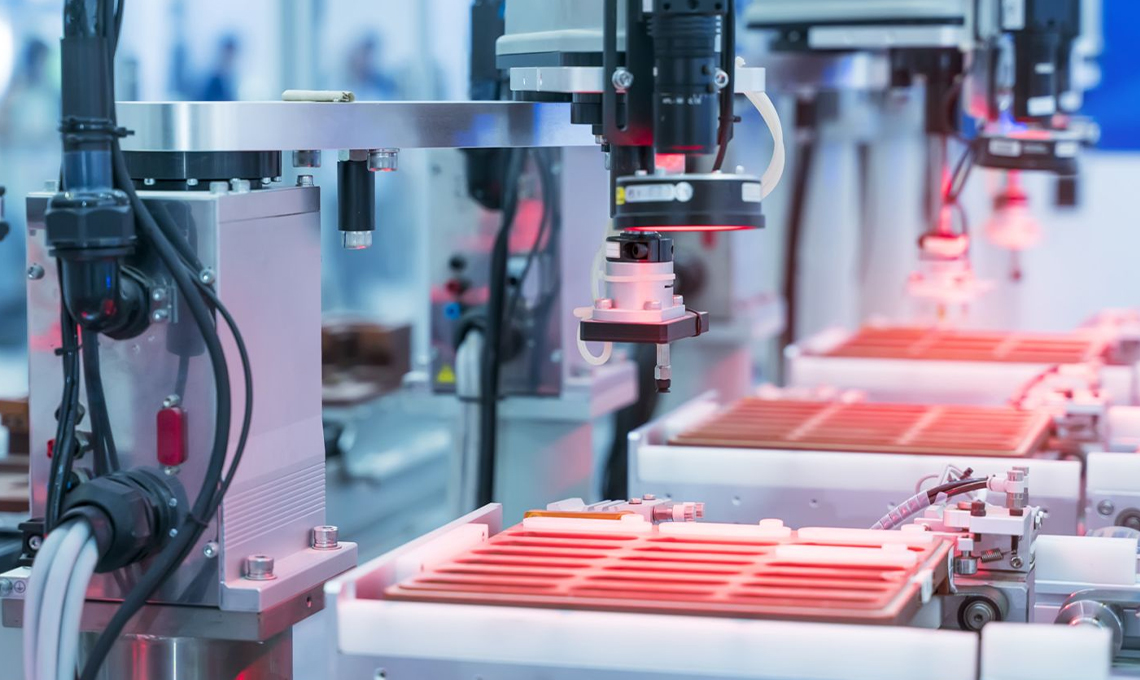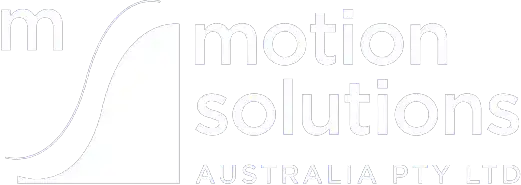
In today’s competitive business landscape, maintaining high-quality standards across all operations is paramount to the success and longevity of any organisation. For companies operating in sectors that demand precision and quality control, such as manufacturing, logistics, and the healthcare industry, incorporating machine vision technology into their automation processes presents a powerful and transformative solution.
Machine vision technology encompasses a suite of optical and imaging tools, consisting of cameras, sensors, and software algorithms, all designed to capture, process, and analyse visual data in real time. By harnessing this technology, businesses can streamline their quality control mechanisms, increasing efficiency, minimising errors, and reducing the need for manual inspections.
In this comprehensive guide, we will delve into the world of machine vision technology, exploring its fundamental principles, diverse applications, and the benefits it can offer businesses looking to enhance their quality control efforts. Moreover, we will discuss how partnering with an industry leader like Motion Solutions Australia Pty Ltd can provide invaluable support in selecting, integrating, and optimising machine vision systems to fulfil your unique requirements.
Fundamentals of Machine Vision Technology
To understand the potential impact of machine vision technology on your business, it’s crucial to first grasp the fundamental components that make up a typical machine vision system:
1. Cameras and Sensors: Machine vision systems utilise a wide array of cameras and sensors, ranging from standard CCD or CMOS cameras to high-performance models tailored for specific applications.
2. Lighting: Proper illumination of an object or scene is essential for capturing high-quality images. Machine vision systems often incorporate specialised lighting elements, such as LED, halogen, or laser light sources, to ensure optimal results.
3. Image Processing and Analysis: Once images are captured, they undergo sophisticated processing and analysis using a combination of software algorithms, filters, and neural networks. This stage identifies and outputs critical information based on the specific inspection criteria and requirements.
Diverse Applications of Machine Vision Technology
Machine vision technology has proven invaluable across numerous industries, offering a wealth of potential applications:
1. Manufacturing: Manufacturing relies heavily on quality control mechanisms to ensure product consistency and minimise defects. Machine vision systems aid in tasks such as part identification, measurement, assembly verification, and surface inspection, streamlining quality control processes and reducing manual labour.
2. Pharmaceutical and Healthcare: In the highly regulated pharmaceutical and healthcare industries, accuracy and precision are critical. Machine vision systems contribute to streamlined drug dispensing, pill counting, and vial inspection, ensuring patient safety and regulatory compliance.
3. Food and Beverage: Machine vision technology also plays a pivotal role in the food and beverage industry, enabling rapid inspection of products for contaminants, correct labelling, or packaging integrity, ultimately ensuring consumer safety and product quality.
4. Logistics and Supply Chain: The logistics sector benefits from machine vision’s imaging capabilities, with applications such as bar code scanning, package dimensioning, and robot-guided palletising, improving efficiency and accuracy throughout the supply chain.
Benefits of Implementing Machine Vision Systems
The integration of machine vision technology into your automation processes can deliver a range of substantial benefits:
1. Enhanced Quality Control: Machine vision systems offer unparalleled speed, accuracy, and repeatability compared to manual inspection methods, detecting even the most minute defects and delivering increased confidence in product quality.
2. Increased Efficiency: Automating quality control processes with machine vision technology minimises the need for labour-intensive manual inspections, freeing up resources and increasing overall plant efficiency.
3. Reduced Waste and Costs: By promptly identifying and mitigating defects, machine vision systems contribute to waste reduction and lowered production costs, positively impacting your business’s bottom line.
4. Improved Data Collection and Traceability: Machine vision systems can collect and store valuable data, such as measurements, serial numbers, and inspection result statistics, enabling detailed analysis and enhanced traceability throughout the manufacturing process.
Partnering with Motion Solutions Australia Pty Ltd for Machine Vision System Implementation
To successfully integrate machine vision technology into your quality control processes, it is essential to rely on the expertise of an experienced partner like Motion Solutions Australia Pty Ltd. Their team brings a wealth of advantages to the table:
1. Expertise and Experience: Motion Solutions Australia Pty Ltd’ 30 years of industry experience ensures that their team possesses the necessary knowledge and expertise to help you select the appropriate machine vision system and components for your specific requirements.
2. Customised Solution Development: Motion Solutions Australia Pty Ltd understands that each business has varied needs and constraints. Their team is committed to developing tailored machine vision solutions that meet your exact needs.
3. Seamless Integration: Properly integrating machine vision systems into existing processes is vital. Motion Solutions Australia Pty Ltd provides support in integrating machine vision technology seamlessly and effectively into your existing automation systems.
4. Training and Support: Beyond the initial implementation, Motion Solutions Australia Pty Ltd is dedicated to offering ongoing training and support, empowering your team to maintain and optimise your machine vision systems over time.
Conclusion
Machine vision technology offers the power to revolutionise your company’s approach to quality control, automation, and efficiency. By understanding the principles, applications, and benefits of machine vision technology, your business can leverage this cutting-edge innovation to enhance product quality, streamline operations, and stay competitive in the market.
Boasting 30 years of experience in motion control and automation, Motion Solutions Australia Pty Ltd can help you navigate the complexities of machine vision technology with confidence, tapping into our wealth of expertise and experience to help you select, integrate, and optimise machine vision systems optimally suited to your unique requirements and objectives. Leverage our support to embrace this transformative technology and take your quality control processes to the next level. Contact us today to learn more about our products and services!

